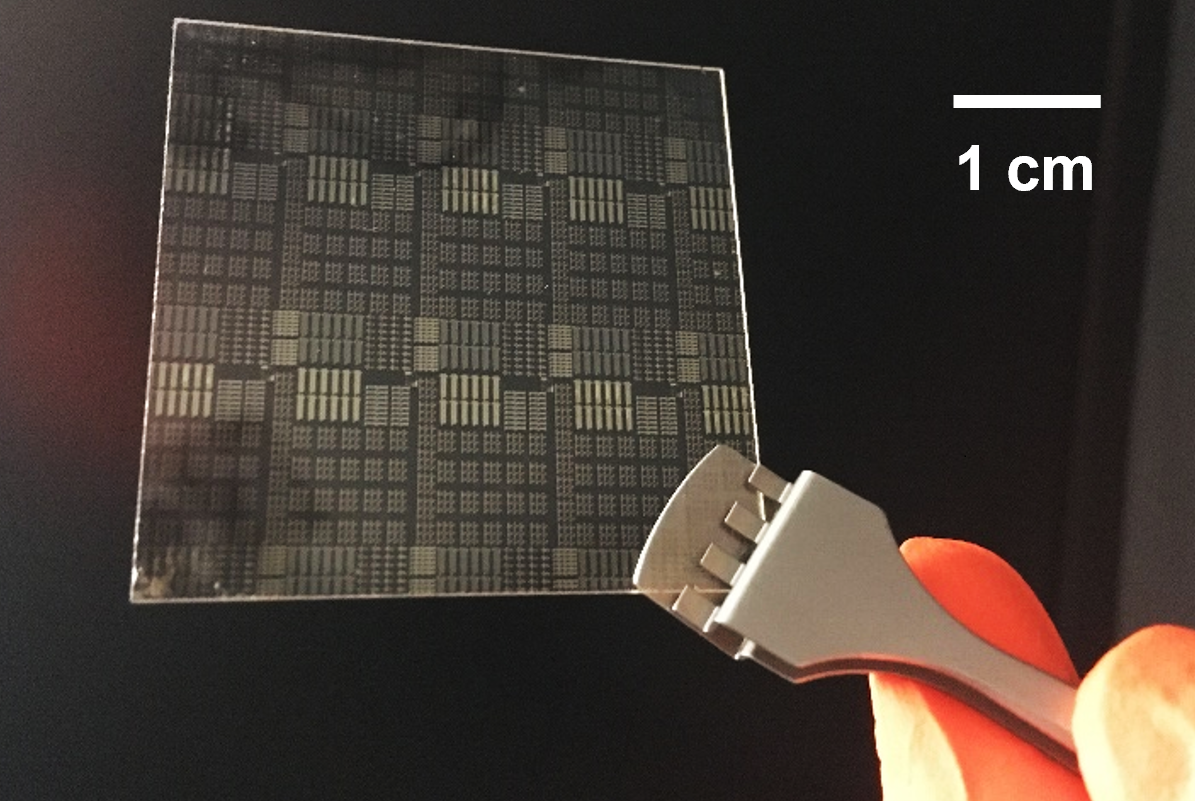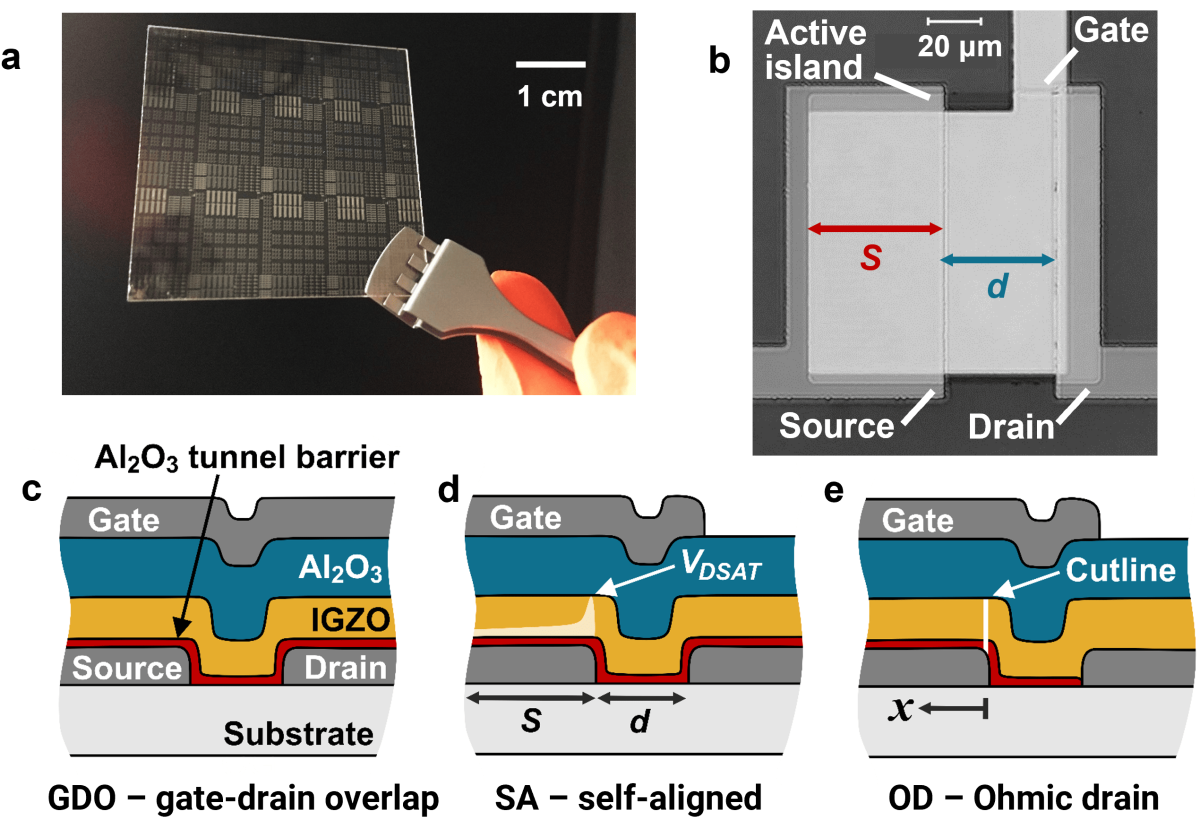Affordable Flexible Displays
Low-cost, flexible displays that use very little energy could be a step closer, thanks to an innovation from the University of Surrey that solves a problem that has plagued source-gated transistors (SGT)
SGTs are not widely used because current designs have a problem with how their performance changes with temperature. To solve this problem, scientists from the University of Surrey have developed a new design for the transistor part called the source. They have proposed adding very thin layers of insulating material at the source contact to change the way in which electric charges flow.
Dr Radu Sporea, project lead from the University of Surrey, said:
"We used a rapidly emerging semiconductor material called IGZO or indium-gallium-zinc oxide to create the next generation of source-gated transistors. Through nanoscale contact engineering, we obtained transistors that are much more stable with temperature than previous attempts. Device simulations allowed us to understand this effect.
"This new design adds temperature stability to SGTs and retains usual benefits like using low power, producing high signal amplification, and being more reliable under different conditions. While source-gated transistors are not mainstream because of a handful of performance limitations, we are steadily chipping away at their shortcomings."

A source-gated transistor (SGT) is a special type of transistor that combines two fundamental components of electronics -- a thin-film transistor and a carefully engineered metal-semiconductor contact. It has many advantages over traditional transistors, including using less power and being more stable. SGTs are suitable for large-area electronics and are promising candidates to be used in various fields such as medicine, engineering and computing.
Salman Alfarisyi performed the simulations at the University of Surrey as part of his final-year undergraduate project. Salman said:
"Source-gate transistors could be the building block to new power-efficient flexible electronics technology that helps to meet our energy needs without damaging the health of our planet. For example, their sensing and signal amplification ability makes it easy to recommend them as key elements for medical devices that interface with our entire body, allowing us to better understand human health."

Written by University of Surrey News
Photos by University of Surrey & Alfarisyi et al.
